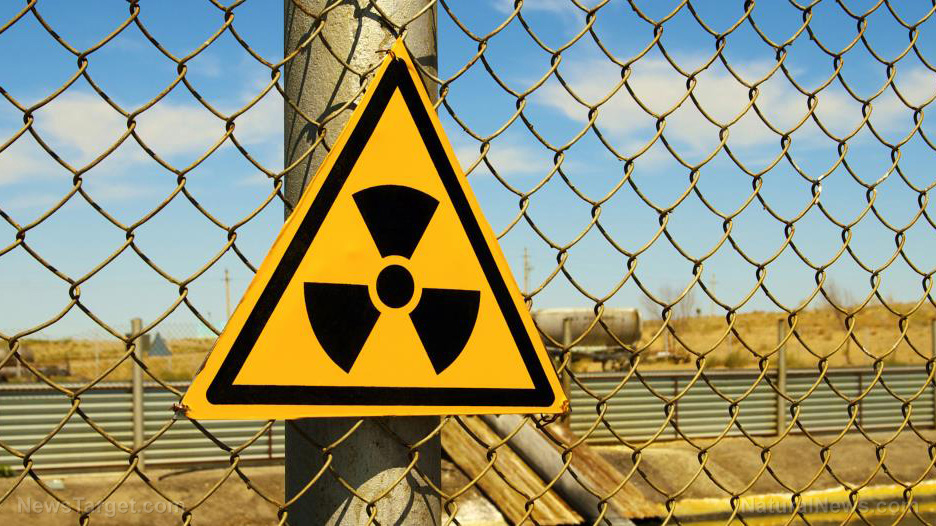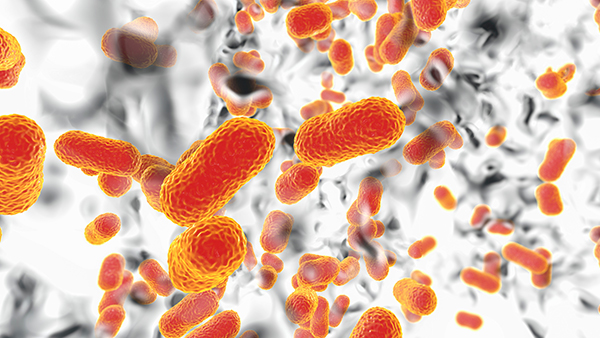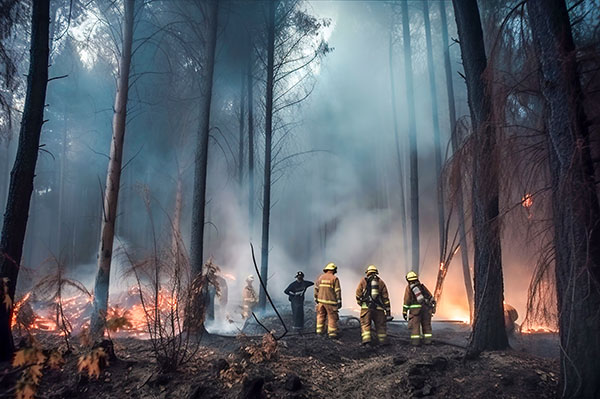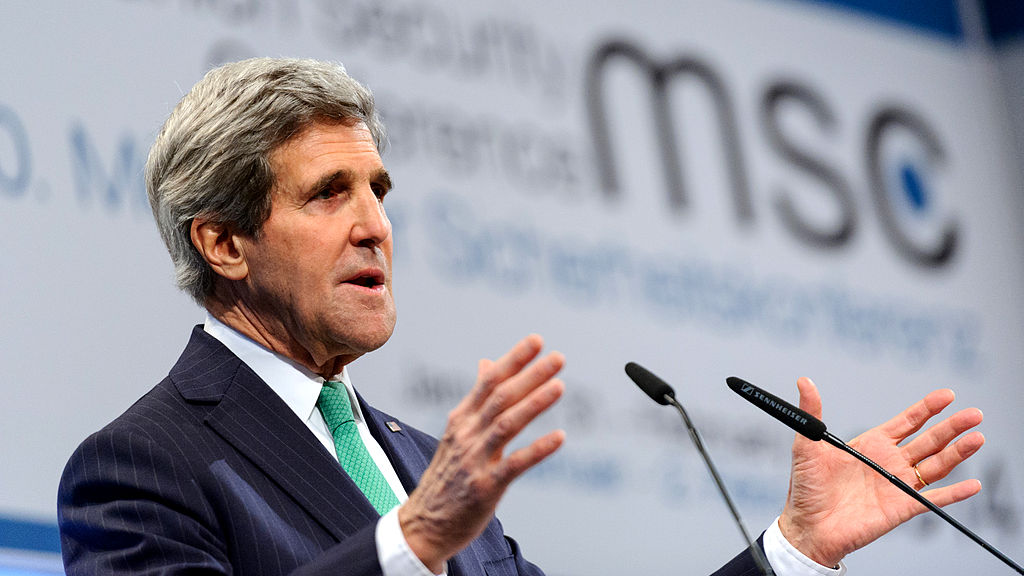Young people, middle-aged adults developing cancer at accelerating rate due to ENVIRONMENTAL CARCINOGENS
08/10/2023 / By Ethan Huff
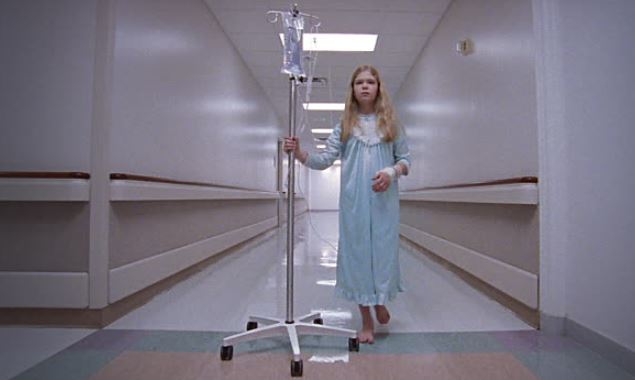
The journal Nature Reviews Clinical Oncology published a study last year showing that cancer rates among people aged 50 and younger has increased dramatically over the past several decades.
The causes vary and include everything from chronic exposure to cancer-causing toxins, poor diet and lifestyle habits, morbid obesity, and environmental carcinogens, including the chemicals doused on industrial agriculture crops.
We know that things like ultra-processed food, genetically modified organisms (GMOs), artificial flavors and preservatives, and other toxic food additives are largely to blame. As for environmental carcinogens, these include air pollutants, water pollutants, ionizing and non-ionizing radiation, an array of dangerous chemicals, and occupational hazards.
“Airborne pollutants include particles, volatile organic compounds (VOCs), and polycyclic aromatic hydrocarbons,” reports explain. “Certain particles and air pollutants are linked to an increased risk of lung cancer, respiratory diseases, and other cancers.”
“Water contaminants such as heavy metals (cadmium, chromium, lead), organic pollutants (polychlorinated biphenyls, polybrominated diphenyl ethers), and pesticide residues are associated with an increased risk of various cancers.”
(Related: Wuhan coronavirus [Covid-19] “vaccines” are also linked to causing “turbo” cancers in young people.)
Beware of “Group 1” carcinogens, which IARC has identified as having a definitive carcinogenic risk to humans
In the general chemicals category, young people need to be aware of environmental exposure to things like benzene, benzidine, polychlorinated biphenyls, and formaldehyde. Such chemicals are found in industrial wastewater that gets discharged into local water sources, and even in household cleaning products.

Food that is not grown organically and in harmony with nature is also to be avoided as ultra-processed foods, which are what most Americans seem to eat on a regular basis, are linked to stomach, colorectal, and other forms of cancer.
“Some environments expose individuals to harmful substances and carcinogens, such as asbestos, arsenic, benzene, and heavy metals, which may increase cancer risk,” reports further warn.
There are different classes of chemicals, according to the International Agency for Research on Cancer (IARC), which ranks them in groups. Group 1 carcinogens include those that IARC has identified as having a definitive carcinogenic risk to humans:
- Tobacco and tobacco smoke
- Particles like airborne asbestos, silica, nickel, and chromium
- Benzene, which is commonly found in the petroleum and chemical industry
- Formaldehyde, which is used in building materials, furniture, and plywood
- Petroleum products like coal tar and asphalt
- Azathioprine and cyclophosphamide, which ironically enough are used in chemotherapy drugs to “treat” cancer
It should also be noted that alcohol, including beer and hard liquor, is another common cause of cancer, including oral cancer, throat cancer, esophageal cancer, liver cancer, colorectal cancer, and breast cancer.
The journal Lancet Oncology published a study in 2021 showing that in 2020, there were more than 740,000 alcohol-related cancer cases diagnosed. The study also found that 4.1 percent of all new cancer cases involve alcohol.
“Don’t forget pharmaceuticals,” one commenter wrote, adding to the list of cancer-causing substances to be avoided. “As far as I can tell, Big Pharma and fake food are our biggest problems.”
“By the way, most vaccines contain trace amounts of mercury, aluminum, and formaldehyde,” noted another about how vaccines are especially toxic and carcinogenic.
“Mobile phones and 5G are another common cause of cancer,” wrote another.
“Former Pres. Nixon’s war on cancer has been a joke,” noted someone else. “We have approximately 1,500 people dying every day from cancer, though we’ve had a cure for it since 1928. It was found by Dr. Max Gerson and involves avoiding the Standard American Diet (SAD), for one.”
Others noted that standard cancer treatment protocols like chemotherapy and radiation both cause more cancer, which makes them antithetical to healing – so why are they the norm?
The latest news about rising cancer rates can be found at Cancer.news.
Sources for this article include:
Submit a correction >>
Tagged Under:
This article may contain statements that reflect the opinion of the author










